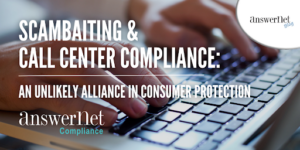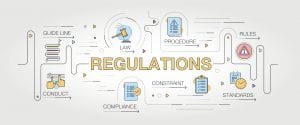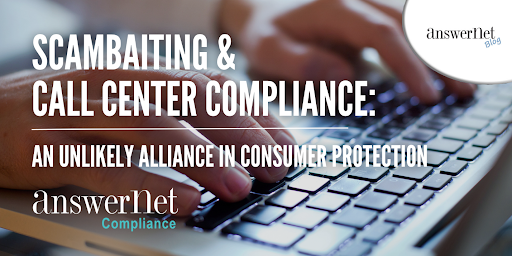By Megan Fallis, Copy Writer & Editor
Using a call monitoring form is essential to assess the quality of interaction between the front-lines and the customer. Call quality is fundamental to providing a consistent customer experience which is critical to each and every business.
Why call quality matters
In today’s customer-driven landscape, it is the customers that have the power. Between heavy competition regardless of market or industry, social media, Google reviews, etc. it’s not enough for businesses to only grow their customer base, but to also retain the customers they have.
Customer experience plays a critical role in customer retention. According to PricewaterhouseCoopers, customer experience is everything. They have found that when businesses provide customers with a great experience, they’ll buy more, be more loyal and share their experience with friends. However, when it comes to a negative experience, it drives customers away fast. They’ve found that one in three consumers (32%) say they will walk away from a brand they love after just one bad experience. Businesses do not have room for error in the way of customer interactions.
Call monitoring forms serve multiple purposes
Since customers need to engage with businesses, how does a business ensure that its standards are being represented by the frontline with each and every customer interaction? Evaluating the quality of customer communication through a call monitoring form is necessary to ensure company standards are being met and adhered to.
5 advantages of using a call monitoring form
1. Identify proficiencies and opportunities in performance

As an example, the call monitoring form will help identify agents that are challenged with upselling. That section on the call monitoring form will show data for this particular call type when it is below the standard or expectation that has been set. It is easy to identify this as an area of opportunity and work with the agent accordingly. This also will likely correlate with the agents’ average order size in comparison with other team members who excel in upselling.
2. Provide feedback that is actionable and specific
Once an area of opportunity has been identified using a call monitoring form, the information can be used to provide quality feedback to the agent to help mitigate further issues. It is always a good idea to play portions of the call so agents can hear for themselves what they are doing well and where they have opportunities to improve. Once expectations have been set and reviewed, it is helpful to role-play various scenarios to help demonstrate to the agent what a proper example is. This helps enhance the feedback process and makes the coaching session more productive and effective.
Consider playing excerpts of calls from peers as examples of how to handle a particular customer request or interaction correctly. Additionally, some agents may need a visible reminder for correction to an issue, such as a post-it note that they can keep at their workstation.
3. Help cultivate an environment of learning
Training and development are a valuable benefit that most businesses overlook. It’s vital to engage in training activities to consistently up level the employees’ skills and knowledge. This can be mined from the call monitoring form and from other sources. The front-line is the most important resource for any business. Managers should establish a precedent from the start by demonstrating correct and expected customer responses and by encouraging feedback in both individual and group settings. When management shows a sincere commitment to their team’s development, performance tends to improve.
4. Consistency
When an inconsistent experience is delivered to customers, it’s a big risk when it comes to customer satisfaction. Using a call monitoring form, inconsistencies are quickly revealed. A plan can be made to change course and deliver the consistent experience that is expected as a business. By engaging in standardized quality practices, you can ensure an excellent experience is provided for customers. Consistency counts and when it’s supported by metrics provided by the call monitoring form, you’ll establish a productive pattern of improvement with the team.
5. Improved performance of the workforce
When using a call monitoring form to evaluate and score agent performance, training and feedback become the cornerstone of what is expected and becomes the norm. Team members naturally come to understand that the process is not to punish or expose them but to enhance their skills and help them professionally do their very best. This will help to increase their openness to receiving and implementing feedback and naturally increase their performance as a result.
A call monitoring form is fundamental in helping managers quickly identify agent issues, maintain established quality standards, improve team performance and above all, assure that a consistent quality customer experience is provided each and every interaction.
Interested in learning more about our call monitoring practices? Reach out to us.
Megan Fallis is the copywriter & editor for Quality Contact Solutions. Megan’s experience includes working as an outbound telemarketing manager for a Fortune 100 company for many years. Megan has been both a client and an employee of QCS, so she knows first-hand the quality, productivity and passion the team brings to work on a daily basis. You can reach Megan at megan.fallis@qualitycontactsolutions.com or 516-656-5120.









